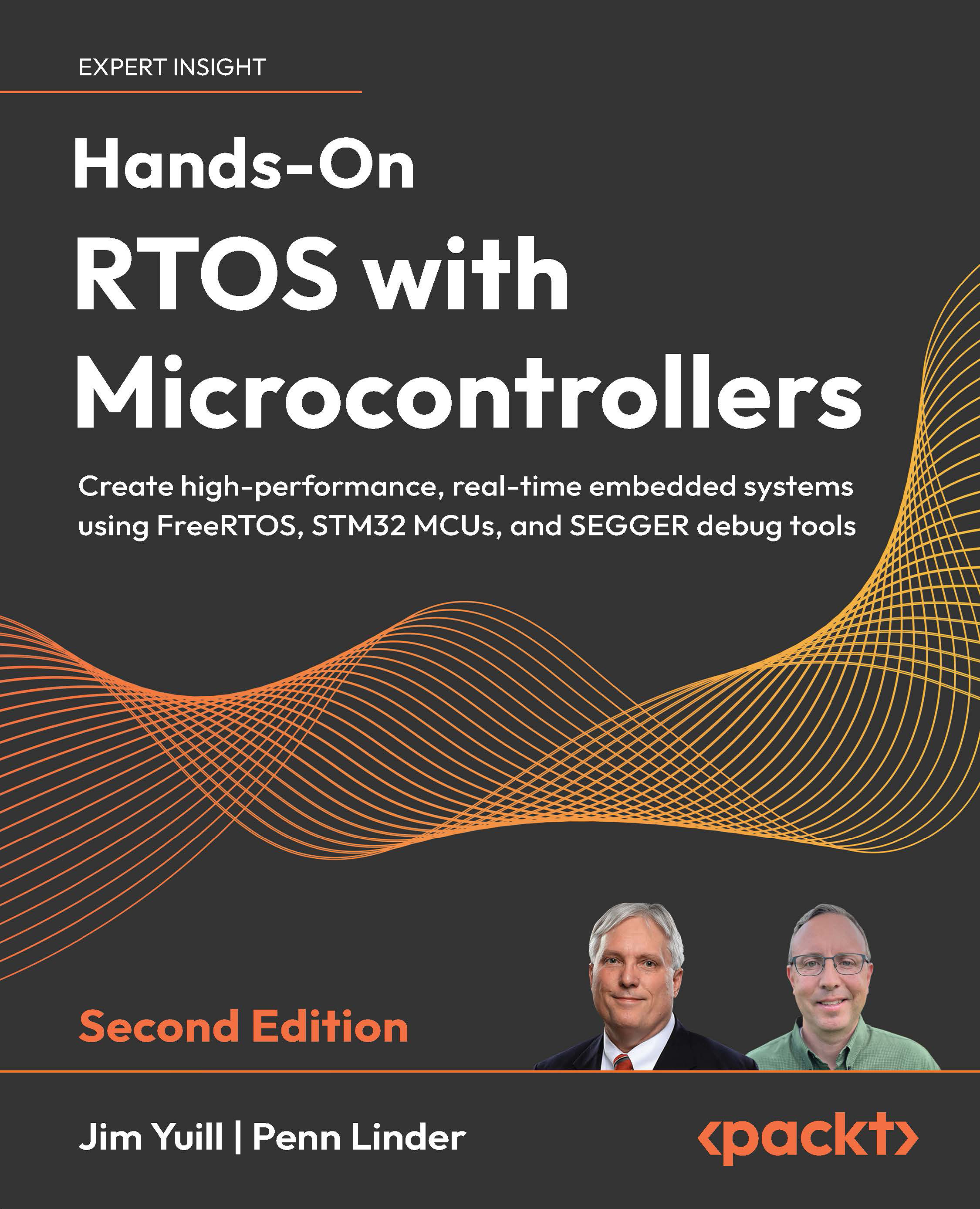Understanding Super-Loops
The super-loop programming paradigm is typically one of the first programming methods that an embedded systems engineer will encounter. A program implemented with a super-loop has a single top-level loop that cycles through the various functions the system needs to perform. These simple while loops are easy to create and understand (when they are small). In RTOS systems, each task is very similar to a super-loop – the main difference is that RTOS systems can have multiple tasks, but super-loop systems only have a single super-loop.
In this chapter, we will take a closer look at super-loops and different ways of achieving a degree of concurrent operation with them. The primary purpose of this chapter is to provide the background information that is needed to understand the problems an RTOS solves and to understand RTOS features and capabilities.
This chapter presents super-loops from a design perspective, using pseudo-code. The next chapter...

































































